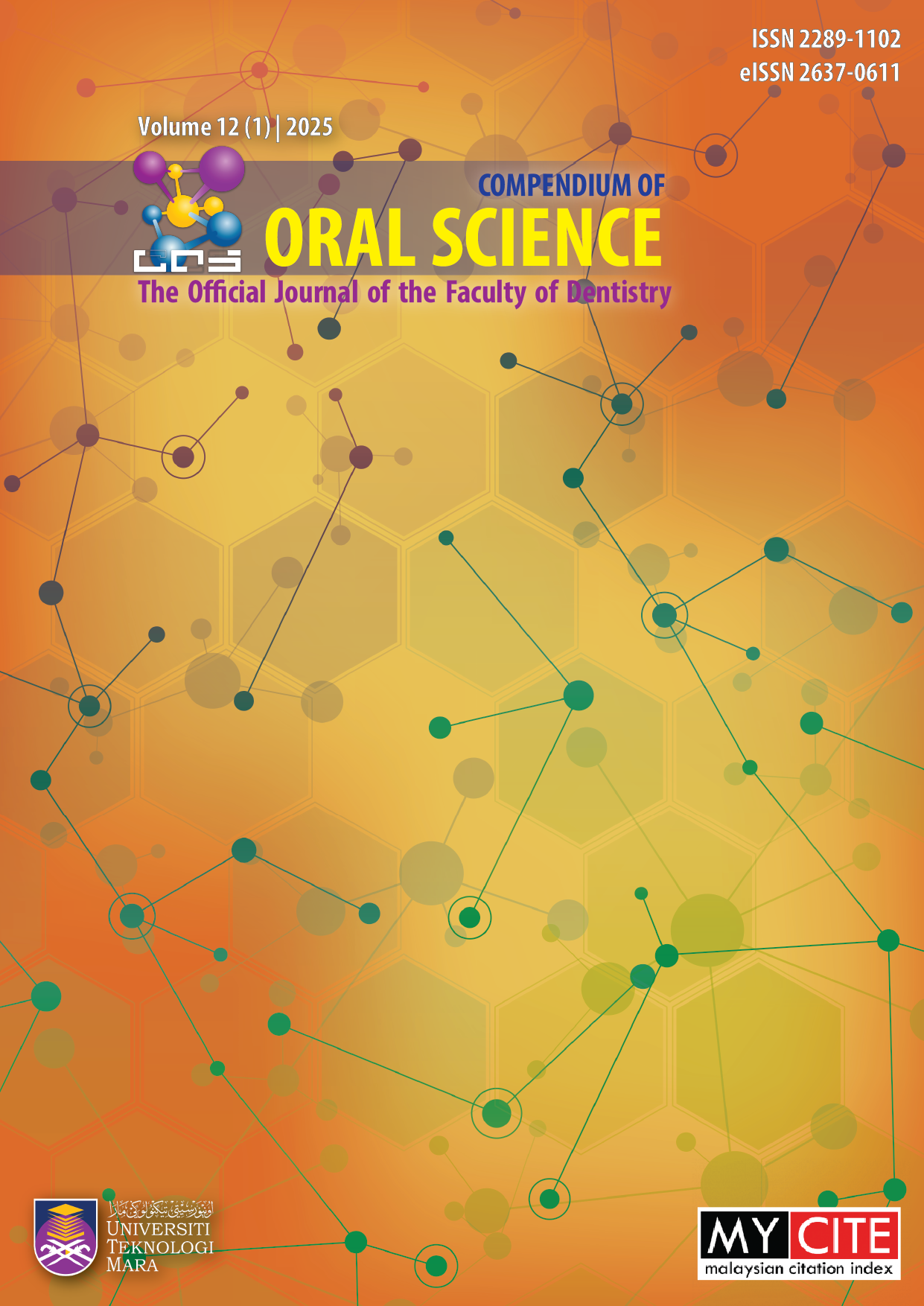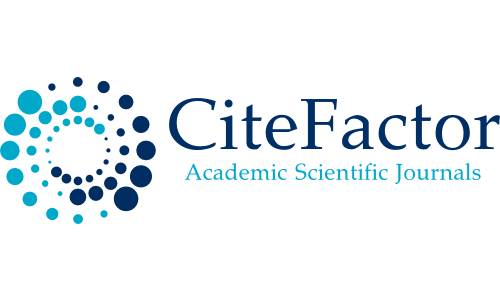Application of Silicone Elastomers in Extraoral Prosthesis: A Narrative Review
DOI:
https://doi.org/10.24191/cos.v12i1.5645Keywords:
silicone, maxillofacial prosthesis, prosthodontics, reviewAbstract
Objectives: The purpose of this article is to review the silicone system based on the various varieties of silicone available on the market, including classification and its properties. In addition, this article looks at the recent advancement of silicone in digital workflow as it relates to the application of extraoral prosthesis, thereby providing an overview and a guidance for practicing clinicians. Materials and Methods: Electronic literature search was conducted using the PubMed and Scopus databases. There were no restrictions placed on the publication date up until December 2022. Following MeSH term keywords were used: ‘silicone’, ‘maxillofacial prosthesis’, ‘extraoral prosthesis’ Only relevant studies published in English journal articles are included and analysed in this review article. Results: Silicone is an unique inorganic polymer chains. Due to its unique chemical structure, silicone exhibit skin-like elasticity, resistance to heat, biocompatibility, as well as translucency, making it suitable for fabrication of extraoral prosthesis despite its shortcomings. Several physical and mechanical properties of silicone should be taken into consideration. Conclusion: The properties of silicone and its application in extraoral prosthesis, including its limitations, material considerations, and manufacturing obstacles, have been discussed. High Temperature Vulcanisation (HTV) and Room Temperature Vulcanisation (RTV) silicone are the two primary classifications for extraoral prosthesis applications. As far as is known, there are five major manufacturers of silicone for extraoral prosthesis fabrication. Silicone has considerable potential for future incorporation into digital workflows via additive manufacturing processes.
Downloads
Published
How to Cite
Issue
Section
License
Copyright (c) 2025 Compendium of Oral Science

This work is licensed under a Creative Commons Attribution-NonCommercial 4.0 International License.
Materials contained in the journal may be reproduced for educational purposes provided that both the author(s) and the journal are appropriately recognised; otherwise duplication is not permitted. No articles, reports, or portions there of may be translated into other languages, published in books, journals, magazines, or any other print form without written permission from the authors and from the journal.
Disclaimer: The statements, opinions and data expressed in the articles and reports herein are those of the author(s) and not of the publisher and the editor(s). The publisher and the editor(s) disclaim responsibility for any injury to persons or property resulting from any schemes, methods, instructions or ideas referred to in the content.















